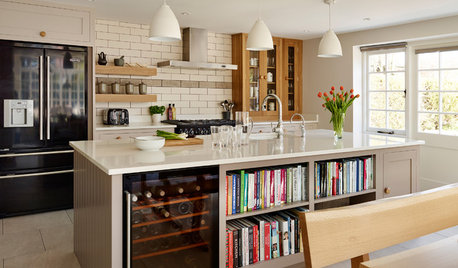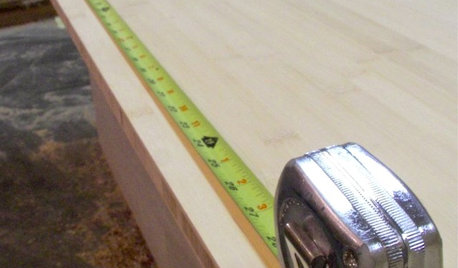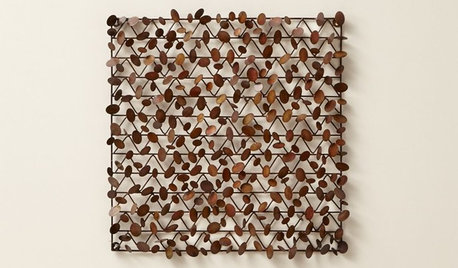Odd measurements
Daisyduckworth
17 years ago
Related Stories

LIVING ROOMSKey Measurements for Your Living Room
Learn the basic dimensions that will allow good circulation, flow and balance as you fit in all the furnishings you want
Full Story
BATHROOM DESIGNKey Measurements to Help You Design a Powder Room
Clearances, codes and coordination are critical in small spaces such as a powder room. Here’s what you should know
Full Story
REMODELING GUIDESKey Measurements for a Dream Bedroom
Learn the dimensions that will help your bed, nightstands and other furnishings fit neatly and comfortably in the space
Full Story
STANDARD MEASUREMENTSKey Measurements for Planning the Perfect Dining Room
Consider style, function and furniture to create a dining space that will let you entertain with ease
Full Story
STANDARD MEASUREMENTSThe Right Dimensions for Your Porch
Depth, width, proportion and detailing all contribute to the comfort and functionality of this transitional space
Full Story
STANDARD MEASUREMENTSKey Measurements for a Wine Cellar, Part 1
Find out the best ways to store your stash and how much space you need for wine refrigerators, racks and other storage
Full Story
WOODWORKING7 Must-Have Measuring Tools for Woodworking
Whether you're a newbie DIYer or building cabinets from scratch, using the right woodshop tools makes all the difference
Full Story
WINDOWSTreatments for Large or Oddly Shaped Windows
Get the sun filtering and privacy you need even with those awkward windows, using panels, shutters, shades and more
Full Story
LIFECould Techies Get a Floating Home Near California?
International companies would catch a big business break, and the apartments could be cool. But what are the odds of success? Weigh in here
Full Story
PRODUCT PICKSGuest Picks: All Squared Away
Throw some geometric shapes and patterns into the decorating equation for designs that really measure up
Full Story


gardenlad
User
Related Discussions
'eco' flooring in an oddly shaped kitchen?
Q
favorite small things....
Q
Clever measuring spoons/cups storage
Q
odd problem with living room outlets in house
Q
DaisyduckworthOriginal Author
gardenlad
mellyofthesouth
readinglady
jimster
mellyofthesouth
DaisyduckworthOriginal Author
zabby17
jimster
gardenlad
melva02
gardenlad
jimster
melva02
bejay9_10
jimster
zabby17
gardenlad
melva02
jimster
gardenlad
melva02
gardenlad
melva02
gardenlad
jimster
annie1992
zabby17
gardenlad
melva02
DaisyduckworthOriginal Author
annie1992
zabby17
smokey98042
robinkateb
oldroser
DaisyduckworthOriginal Author
melva02
jimster
DaisyduckworthOriginal Author
oldroser